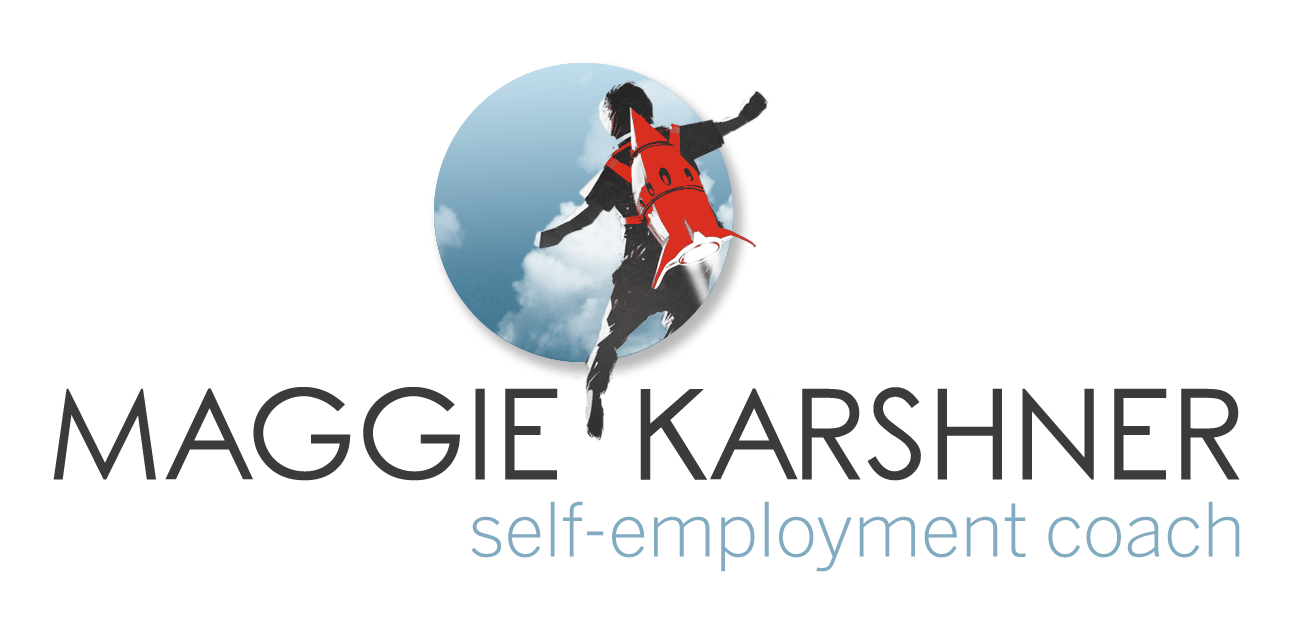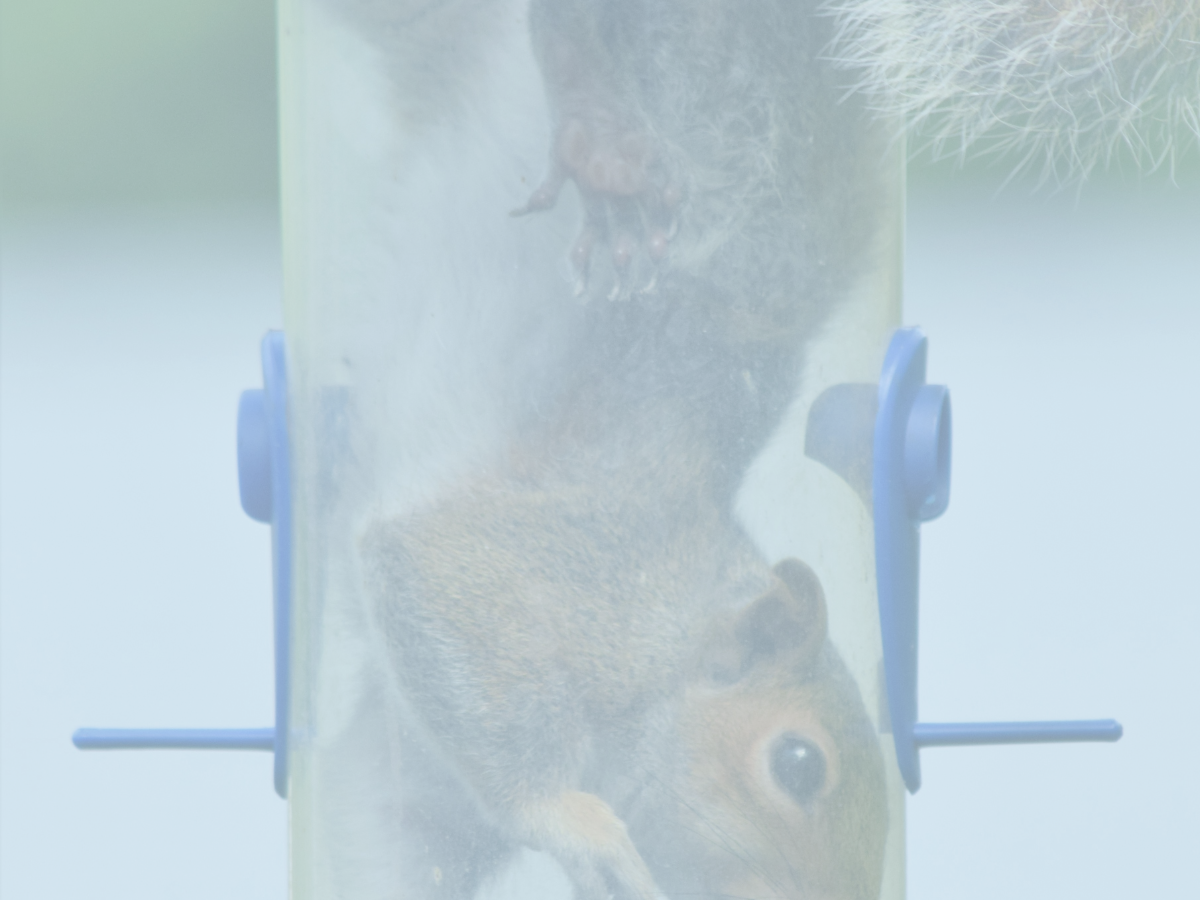"Everything is Important" Defines Chaos: How to Launch with Confidence
/Image shows the title of the article overlaid on an image of person at the edge of a cliff looking out over a valley.
When I was a child, I wanted to keep my training wheels on my bike for... well, for always! I was completely capable of riding without them, but I wanted the security blanket of having them. This meant that as I turned corners, I'd lean into the curve as appropriate to my skill level. Designed for a less-skilled rider, the training wheels would grate along the ground. Eventually, the rubber all came off the training wheels and it was only then that we took them off my bike. If I'd taken them off sooner, they would have been perfectly good training wheels that another child could have used. Instead, I wore them to the bone.
When folks are launching a business I notice that they also want to hang on to tools that they've outgrown. Other times they want to do things that are too advanced for their stage of development. Having the wrong tool at the wrong time can cost you time, energy, and success. It's important to save your valuable energy for the right challenge. But how do you know what that is?
In the near-decade I've been coaching self-employed business owners, I've identified three major phases that a business can be in:
the getting started hustle
adolescence and rooting down into sustainability
maturing and editing
Stay tuned as I write more about the other phases, but for today I'm going to discuss the getting started hustle. This phase of a business can look very different from the outside. You (the business owner) might be employed and trying to get the business started before leaving your day job. You could have been running your business casually on the side and are only now deciding to make a serious go of it. Or you could have left employed work and this is your chance to sink or swim. The uniting feeling of this business phase is stress and/or anxiety. In this phase, you'll feel unsure of how your business will succeed, and where your next client will come from.
In this phase, you'll make a first stab at your core offering and your ideal client. Resist the temptation to shift these towards a more "lucrative" direction. Instead, go deeper into clarifying your offering and your ideal client. You will refine and adjust these, but it will be a clarification towards what most makes your heart sing.
Every Day I'm Hustling
At the same time, you'll be discovering what has traction in the market. You're telling people what you do. It comes out a little different each time, and the reaction is a little different each time. These are your data points. This is a key process for coming to a more concrete understanding of the very abstract notion of "market." The What, the Who, and the Where describe the "market."
WHAT
As you talk to people about what you do, you'll notice how they understand (or don't) what you do. You'll have to refine how you're describing your offering. This means understanding what container your work fits into. But also how is it different than things within that container. You need to be able to describe your work as like other things so that your listener understands. You also need to show how you stand apart so that your value is clear. (I got into this in far more depth in the article: Do People Really Know How to Understand Your Offering? )
WHO
Talking to people about your business gives you tons of instant non-verbal feedback. In addition to their reactions, we also need to consider if the person you're talking to is your ideal client. If a non-ideal client doesn't like your offering, then that doesn't really matter. Seek out new contacts who are more likely to be your ideal client and see how *they* react.
WHERE
After a little rinsing and repeating, you'll notice where your ideal client exists in the world. Either by meeting them directly or meeting others connected to them. This information is invaluable for marketing. This gives you ideas of where and how you'll be able to connect with ideal clients.
Beginner's Balance
These three things, the what, who, and where, need to come together into a healthy balance. You need your what and your who to be congruent. For example, Febreeze first tried to market itself to messy, smelly people. But that "who" didn't care about deodorizing. So Febreeze pivoted. They marketed themselves to clean people as the final cherry on top of their cleaning ritual. Febreeze was more locked into the "what" since they had a product, so they switched up the "who." If you enjoy working with a specific group of people, then you might change your "what" more readily than your "who."
Balance also needs to come between the "who" and the "where." There need to be enough people who want what you do. And the ways of marketing to them should be pleasurable to you. There are millions of people in this country, so "enough people" isn't the real problem. The problem is if connecting with them is easy for you.
I notice that business owners in this phase often get caught up on wondering if they're priced right. Will clients pay that amount? Will that make you a comfortable living? These questions should come into play when initially planning a business. After that, put them on a shelf for the what, who, where process. Once you've solidified your what, who, and where you'll be out of the "hustle" and into "adolescence." It's in adolescence that you revise pricing, expenses, and engage in creative problem-solving.
Keeping Focus
Data from "the market" will tempt you to steer off-course from your core offering or ideal client. And to some extent, you might need to adjust your core offering or ideal client. But even if changed, these should always focus on your purpose. You are the center of your business. If the "what" and "who" are not serving you and enriching your life, why are you even going through all this trouble?!
It can be *so* easy to get thrown off course. The universe is often so rude that it throws *really* shiny opportunities right in front of your face. Like it's saying, "are you really serious about living your purpose?" Don't be afraid to turn down the things that don't align with your purpose. We are the creators of our own destiny
Out-Growing the Hustle
The feeling of the hustle is a lot of trying and hoping. You're not yet sure that you're going to "make it." The feeling doesn't go away when you're ready to "graduate." Instead, you'll notice the system starts working. You'll know when this has happened because you'll have regular revenue. You'll frequently find yourself busy with client-facing work. But you won't feel like you're bringing in *enough* of an income. That's why the adolescent phase is all about rooting down into sustainability. We'll get more into this later.
Not sure what phase you're in, but know you need help? Join us in the Boss Yourself Better Facebook group to discuss it further and exchange tips with peers!




